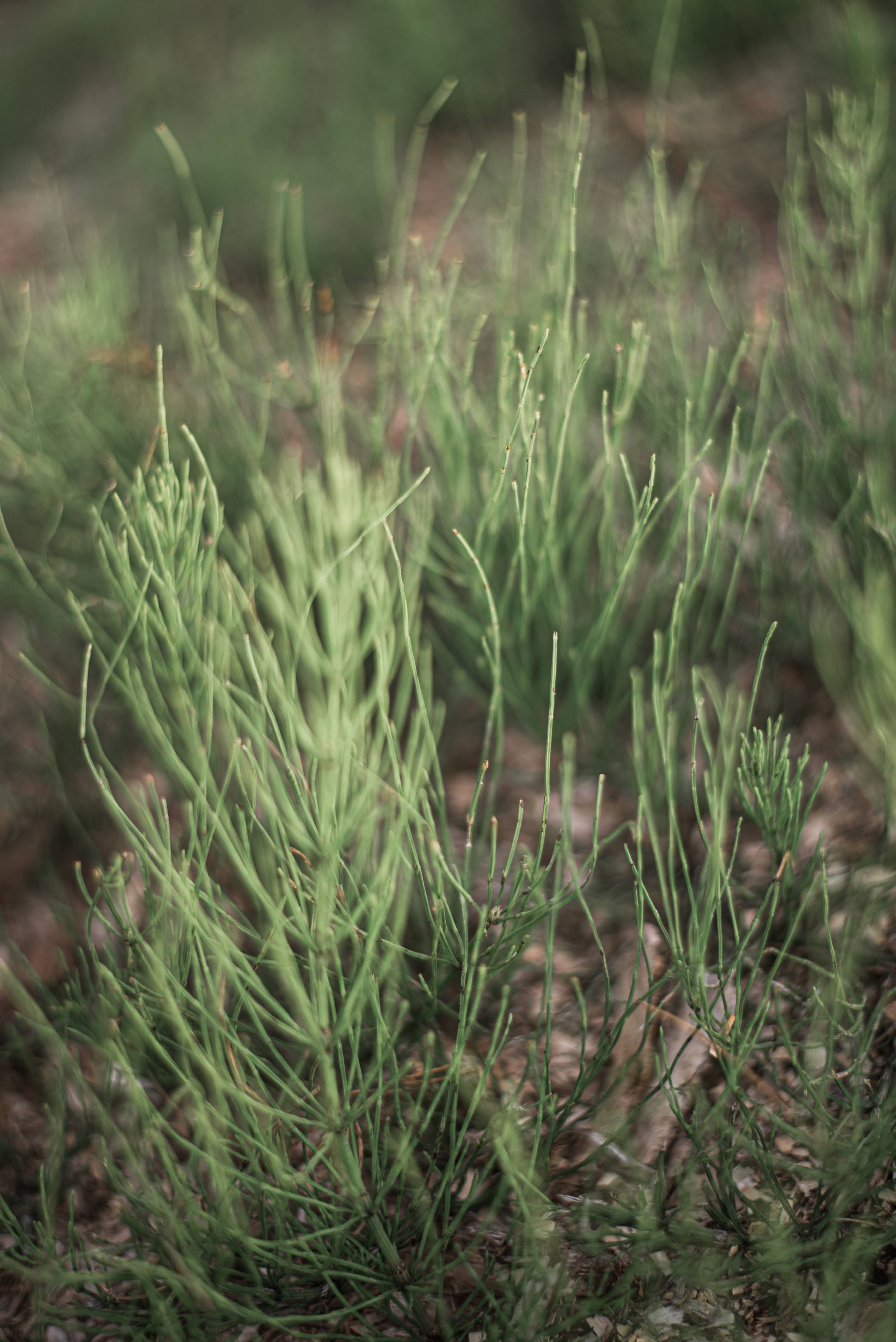HORSETAIL (‘Equisetum arvense’)
 © E. Bēvalde
© E. BēvaldePerennial, small (10–40 cm) annual plant of the ferns family. The rhizome of this species of horsetail extends into the soil up to a depth of one meter. A new plant can grow even from a piece of rhizome one cm long. Fertile shoots of horsetails are light brown, and non-fertile shoots are green. The stem grows very early in spring, immediately after the snow melts: in April and early May.
The trunk has 6 – 19 ribs (grooves) for the field horsetail, while the swamp horsetail has up to 5 ribs. Purity horsetail is both a medicinal plant and a hard-to-eradicate weed. Green shoots has been collected for herbal medicine. Horsetail tea or infusion is used as a diuretic. Also used for compresses on fresh wounds to stop bleeding.
Horsetail likes moist, loamy soil. Horsetail has been for dying yarn, polishing wood, cleaning dishes etc.
Above-ground shoots are mostly hard, sharp, because of the amount of silicon dioxide in the epidermis of the stem. Horsetails contain calcium (up to 10%), potassium, aconitic acid (equicetic acid), ascorbic acid (0,15%), carotene (5 mg%), resins, tannins, oxalic acid, malic acid, bitter substances, etc. c. In folk medicine horsetails are used to stop internal bleeding, in the treatment of joint rheumatism, asthma, arterial sclerosis, lung and bone tuberculosis, bladder and kidney inflammation, etc.

